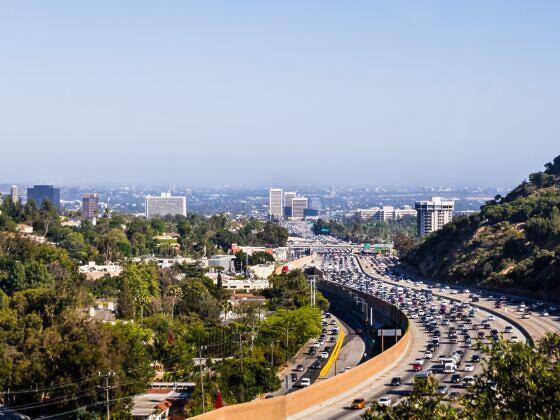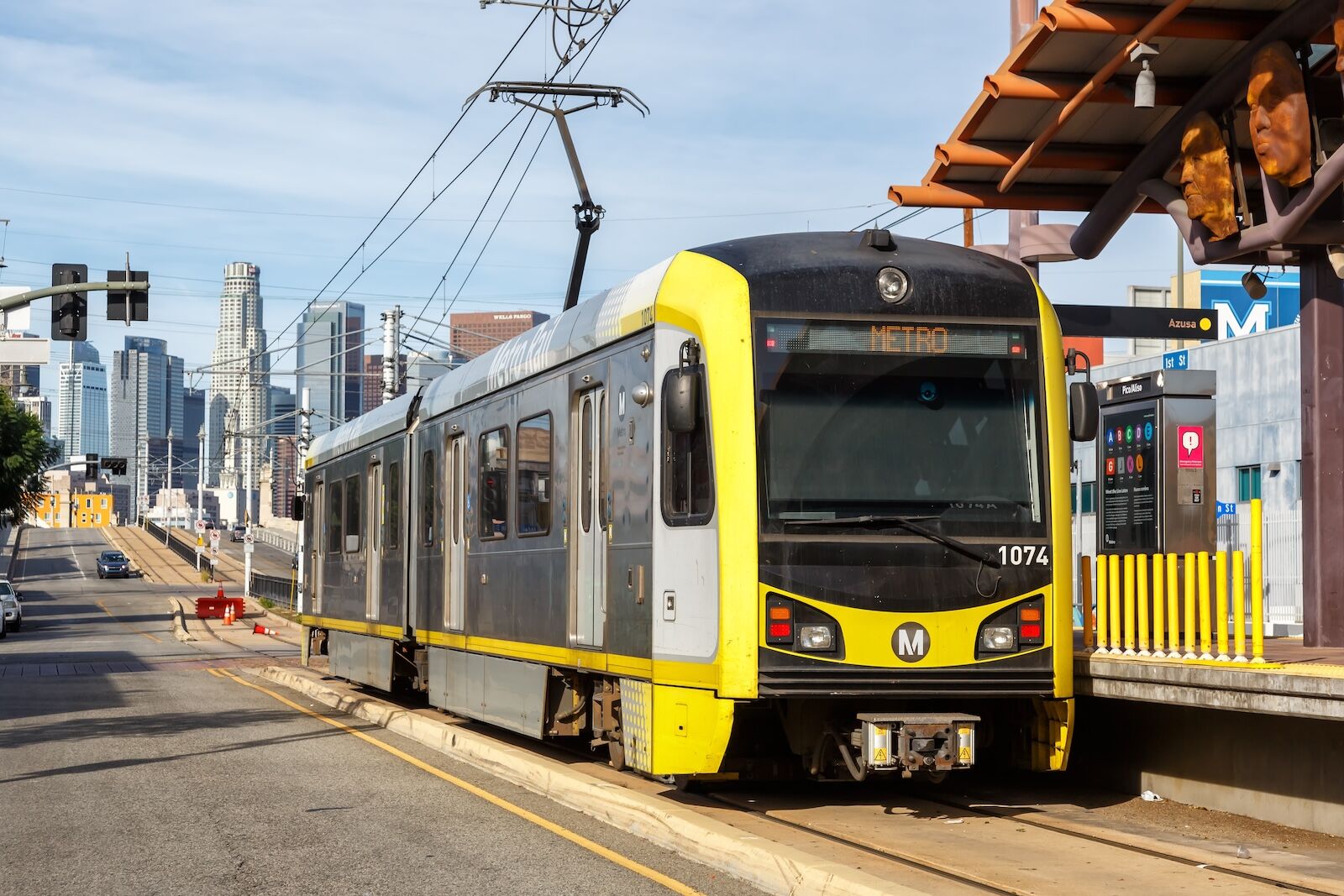A Hollywood star known for daredevil roles in action flicks on a motorcycle zooming out of the stadium carrying the Olympic flag signaled the closing of the Paris games and the proverbial passing of the torch to the next host, Los Angeles. But the bike Tom Cruise rode on contained a subtle oversight not missed by Matador editors. Los Angeles has boldly proclaimed the 2028 summer games will be “no-car” in a city known for its car (and motorcycle) culture. Through massive investment in expanding subway and light rail service, and a pledge to close certain traffic lanes to allow access for busses moving between competition venues and the Olympic village, the city hopes to use the Olympics as a way to highlight the efforts its making to get people out of their cars.


Los Angeles Is Working to Make the 2028 Olympics Car-Free in a Car-Obsessed City
The Los Angeles metro area encompasses more than 4,000 square miles, and getting from Los Angeles International Airport to the Rose Bowl in Pasadena, where some events will be held, currently takes more than two hours via bus and rail. Commuting between other venues and various hotspots throughout the city takes about as long. But in addition to designating bus-only lanes, Metro plans to open several major bus lines before the games and just completed a light rail line from East LA to Santa Monica. Eli Lipman, executive director of transit advocacy group Move L.A., told the New York Times he was “optimistic” about the city’s chances of building out more rail lines and closing off traffic lanes to cars to make room for buses during the Olympics. This follows the city’s $120 billion commitment to expanding rail service that is among the most aggressive public transit expansion prospects in the country announced last year, and the city recently secured $900 million in funding to help it build out transit projects before the Olympics.
Those numbers are encouraging, but the question remains as to whether anyone will actually ride all this new transit during the games. In that sense, there’s one big thing travelers planning to visit the games can do to help Los Angeles succeed in its “no-car” goal.
How travelers attending the 2028 Olympics can help the city’s car-free goal

Photo: Markus Mainka/Shutterstock
To encourage the city to follow through, there’s another big thing those planning to attend the LA games can do – pledge to arrive in Los Angeles sans-personal vehicle, and to not rent a car while in the city.
The city’s efforts will be boosted by the addition of air taxi service from Archer Aviation, which plans to launch autonomous flights in Los Angeles by 2026. If this pans out, travelers can move from one part of the city to another in a few minutes rather than an hour or more, flying over traffic rather than sitting in it. Taking these air taxis, as possible, is a great way to help the games minimize emissions and avoid snarling traffic any further than it already will be.
By not bringing an additional vehicle into the slog of traffic, visitors can actively participate in a greener Olympics that will, as a result, be more enjoyable for them because they won’t have to drive through the city’s famously clogged highways to reach different venues. Of course, not driving a personal vehicle leaves open the option of Uber or Waymo, the autonomous ride share service now operating in the city, in addition to public transit. But even these options are better than the alternative, in part because they prevent as many additional cars from being added to the roads during the games and don’t require any added space for parking.
This may seem like a monumental task, but there are steps visitors can take to make it more approachable. The first is to book accommodations near the venues they plan to visit the most. That way, those who are able can bike from their hotel or vacation rental to events, dining, and elsewhere. Second, travelers can use Metro’s trip planning service and apps to route their way between venues and their accommodations, knowing in advance where to go and how long it will take to get there.
Lastly, at least at this point, prospective attendees can follow news related to Archer and Waymo and familiarize themselves with these services and the technology behind them. That way, they can be prepared to take advantage of them during the games. Autonomous transport appears nerve-wracking at first, and certainly hasn’t come to be without major hiccups. But the tech that underpins Waymo, for example, actually eliminates much of the cause of car accidents by removing the “human factor” from the situation. The vast majority of car accidents are caused by slight misjudgments or distractions, neither of which are a factor for LIDAR and an algorithm.